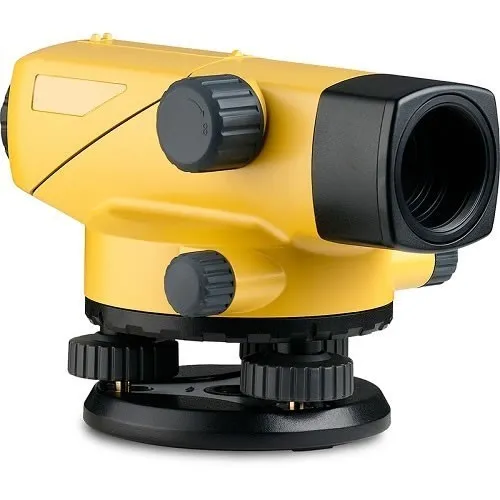
General Description of the Course: Levelling Survey
Levelling Survey is a fundamental course in the field of land surveying and civil engineering. It introduces trainees to the principles, methods, and instruments used to determine the relative heights (elevations) of points on the earth's surface. The course emphasizes accurate measurement and data recording to ensure correct elevation profiles, which are essential for designing infrastructure such as roads, bridges, drainage systems, and buildings.
The course trains students to use levelling equipment such as the dumpy level, automatic level (auto level), levelling staff, and related accessories. Practical skills, including setting up instruments, taking readings, and performing arithmetic calculations, are core components of the training.
Course Summary of Levelling Survey
| Course Title | Levelling Survey |
|---|---|
| Course Duration | 1 Term (varies by institution) |
| Target Learners | Diploma and Certificate students in Building Technology, Civil Engineering, and Surveying |
| Prerequisites | Basic Mathematics and Introduction to Surveying |
| Course Objectives | To equip learners with the skills and knowledge required to carry out levelling surveys accurately and efficiently. |
Key Topics Covered
-
Introduction to Levelling
-
Definition and importance of levelling
-
Types of levelling: differential, profile, cross-sectioning, fly levelling, and reciprocal levelling
-
-
Levelling Instruments and Tools
-
Description and use of dumpy level, auto level, and staff
-
Temporary adjustments and handling of instruments
-
-
Principles and Methods of Levelling
-
Concepts of line of sight, back sight (BS), intermediate sight (IS), foresight (FS)
-
Booking methods: height of collimation and rise & fall
-
-
Field Procedures
-
Setting up instruments and benchmarks
-
Recording data in field books
-
Reducing levels and checking for errors
-
-
Levelling Calculations
-
Arithmetic checks
-
Drawing longitudinal and cross-sectional profiles
-
-
Practical Sessions
-
Hands-on training in real field conditions
-
Group assignments and project-based learning
-
Learning Outcomes
By the end of the course, the trainee should be able to:
-
Set up and use levelling instruments correctly
-
Conduct different types of levelling surveys accurately
-
Record and compute elevation data using standard methods
-
Interpret levelling data for use in construction and civil engineering projects
-
Observe safety and professional ethics in the field
- Teacher: Thabita Chepko
- Teacher: Elias Kibet
